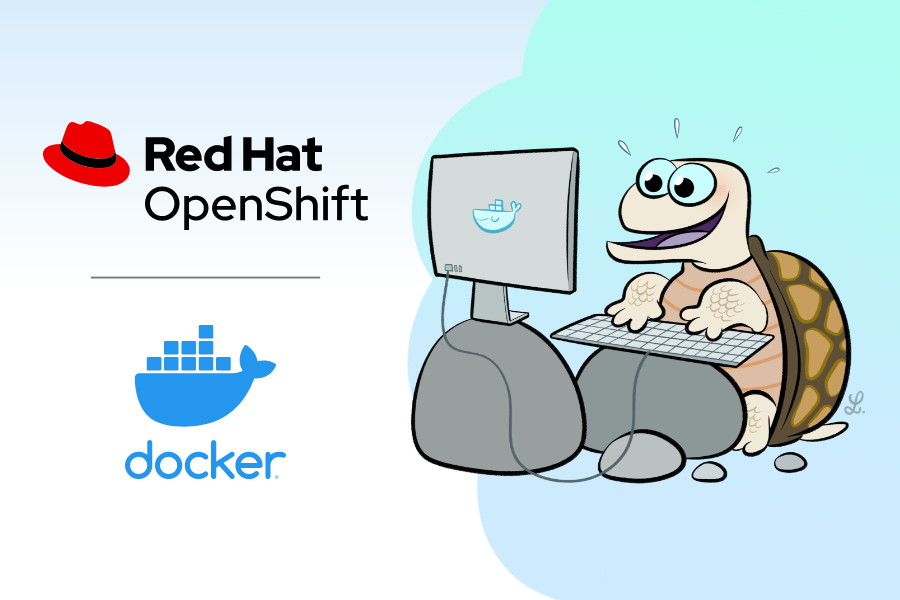Arize AI launches on Google Cloud Marketplace and more than doubles its use of Google Cloud in 12 months
Artificial intelligence (AI) and machine learning (ML) models have become incredibly advanced in the last decade. AI has transformed how we’re served ads, receive recommendations for care at the doctor, and even how we’re helped by customer support teams. With AI playing an increasingly prominent role in the lives of consumers, it’s critical that businesses and their data science teams are equipped with the technologies needed to proactively surface, troubleshoot and resolve ML model performance issues quickly and accurately. Enter Arize AI.Founded in 2020, startup Arize AI mission is to provide organizations with a production-grade infrastructure platform that helps organizations use AI/ML accurately by identifying and fixing any potential ML model issues quickly and seamlessly. Now, Arize is launching its platform on Google Cloud Marketplace, helping scale its product to users around the globe. The startup has also more than doubled its usage of Google Cloud over the last 12 months to meet growing demand for its products among its customers, including leading enterprises across industries including technology and financial services.With Arize’s ML observability platform, machine learning engineers can better understand how their deployed AI is–or isn’t–working. The platform connects offline ML training and validation datasets to customers’ online production data in a central inference store, which in turn enables ML practitioners to pinpoint the source of model performance problems as they surface. Using Arize, engineers can quickly identify issues like data drift and algorithmic bias, address data integrity issues impacting predictions, and improve model interpretability for optimized performance over time.With accelerated AI strategies on the rise at companies across numerous industries, Arize selected Google Cloud as its primary cloud provider so it could scale its cloud-first business with technologies like Google Kubernetes Engine (GKE). Since October 2021, the startup has been significantly expanding its usage of Google Cloud infrastructure and technologies to meet the growing demand for its platform. Today, Arize is furthering its partnership with Google Cloud in a few key ways in order to scale its business more rapidly in the cloud and continue delivering innovative platform advancements to its customers.First, Arize is today making its platform available on Google Cloud Marketplace, expanding its availability to customers globally. Leveraging Google Cloud’s go-to-market expertise, Arize will be able to increase revenues with greater scale and speed. Additionally, this expanded partnership will provide greater migration support to existing Arize customers as they move their on-prem Arize instances onto Google Cloud’s secure, global, and highly performant infrastructure. And for Google Cloud customers looking to get started with Arize, they can simply deploy the platform directly within their cloud environment and begin enhancing their ML observability capabilities.Secondly, Arize will continue to expand its use of GKE, which it uses for its developer hosting production environment and infrastructure support. With GKE, organizations are able to run fully-managed containerized applications with automation, at cloud scale, and on Google Cloud’s flexible, secure infrastructure. The platform elasticity enabled by GKE allows the Arize IT team–a small-but-mighty collective–to easily scale services up or down with demand and provide greater support to Arize developers at scale without getting bogged down with Kubernetes management.Arize also uses GKE as a part of its developer onboarding environment. Within GKE, Arize developers are equipped with a personal name space where they can run their own deployments of Arize using the full Arize stack, all within an isolated test environment. By aligning the company’s software testing and deployment standards with its developer onboarding practice, Arize developers are enabled with the skills and technologies needed to deploy new platform advancements quicker and with fewer bugs–resulting in consistently high developer efficiencies for the startup. Plus, the reliability of GKE abstractions allows Arize to remain nimble as their developer team grows and the business scales its software deployments. Besides leveraging Google’s secure infrastructure and GKE for its hosting production, developer onboarding, and application data management, Arize is also using Google Cloud tools like Cloud Storage to backup its application data, and Google BigQuery for internal analysis and back office services. As AI continues to change the way companies operate and deliver solutions to customers, Google Cloud is proud to support the growth of innovative startups like Arize with infrastructure and cloud technologies so they can empower business and their data science teams to drive accurate AI outcomes for the business and their customers.Click here to learn more about Arize on Google Cloud Marketplace, and why tech companies and startups choose Google Cloud here.Related ArticleWhy automation and scalability are the most important traits of your Kubernetes platformThe recipe for long-term success with Kubernetes: automation that matters and scalability that saves money.Read Article
Quelle: Google Cloud Platform





